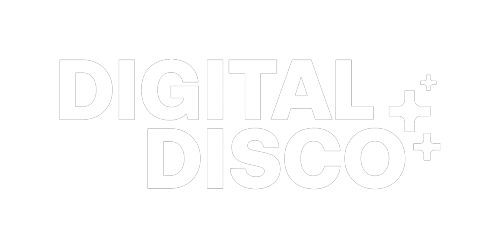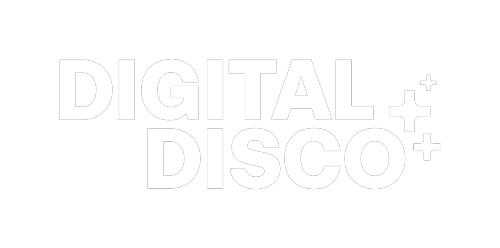Customer Journey Mapping
An effective customer journey is essential for any business investing in marketing on the Sunshine Coast. Whether your ideal clients keep pulling out of sales at the last moment or you’re struggling to reach them at all, customer journey mapping is what will bridge those gaps and improve your conversion rate.
Here’s everything you need to know about customer journey maps, why you need one, and how to design the perfect journey for your customers.
What Is Customer Journey Mapping?
First, let’s break down what a customer journey is. It starts at the moment a potential customer or client first becomes aware of your business. The journey spans from that moment to the moment of purchase, where your potential customer becomes an actual customer.
For some businesses, the customer journey is as short as seeing a social media marketing campaign and posting, clicking on the product, and checking out. For others, it can involve social media campaigns to build awareness followed by landing pages, waitlists, email campaigns and more - all leading the customer to the sale.
Customer journey mapping refers to the process of purposefully and strategically planning out that journey. The idea is to optimise the journey so that your ideal client has a streamlined path to follow, ending in a sale. A good customer journey map will address all client needs and concerns, guiding them toward the purchase.
Why Should You Map Your Customer Journey?
Your business already has a customer journey. Mapping it out is what will transform it into a streamlined path that results in higher conversion and retention rates. This is because the mental process of buying a product or service is more complex than many of us think.
While it’s tempting to believe that your ideal client will recognise their need for your product or service at first glance, this isn’t the way humans work. Brand recognition, company ethics, customer service, and many other factors can play hefty roles in a potential customer’s decision-making process. A good customer journey map will identify these factors and address them for your clients so that no questions or concerns are preventing them from checking out.
How To Design A Customer Journey Map For Your Business
Depending on your product or service offering, customer journey maps can become quite complex. The easiest way to keep track of every step of the process is to map it out visually. Once you know who your ideal customer is and have a clear objective at the end of your customer journey, you can begin the mapping process.
Identify The Essentials
The first step is to nail down all the pieces of information you’ll need to map out an effective journey.
What does your current customer journey look like?
Find out what your customer journey currently looks like. The best way to do this is to simply ask. Reach out to your existing customers or clients and ask them how they first found out about your business and what convinced them to purchase. This will give you solid insight into the actions they took while potentially highlighting some gaps that need to be addressed.
What problem does your product/service solve?
Pin down what problem your product or service solves for your ideal client. This step is arguably the most important part of the process. List the problems you are solving, how those problems make your customers feel, and how they will likely feel once the problem is solved by your product or service.
What could prevent your ideal customer from buying?
Identify the roadblocks. What are the common excuses you hear from potential customers when they turn down your product? Why are they making these excuses? How can you address these concerns? This step is essential to preemptively identify and address roadblocks.
List Out Every Step
Once you know the essentials, use them to list out every step of your ideal customer journey. Map out every moment that a potential customer will interact with your business. These steps will vary depending on your business and your target audience. Hone in on the needs and concerns of your ideal customer.
It’s important to note that this process won’t be linear. At every step of the journey, some customers will continue along the most streamlined path while others won’t. Branch out your customer journey map to include and account for all outcomes.
Implement The Map
Now that you have hypothesised the best path for your customers, you need to implement the tools and resources that will allow them to easily navigate that path. This could mean creating and implementing automated emails, rolling out digital ads, streamlining your check-out process, or creating an easy system for potential clients to book a discovery call.
Test & Adjust The Map
The testing phase is the most valuable step of customer journey mapping. Until this point, you’ve been simply theorising what will work best. Take the journey yourself and work out any kinks. Test the journey on real customers and take note of the data.
What step do they most consistently pull out at? Is there something you could add to redirect this outcome? Test, adjust your map, and test again until you’re hitting your desired conversion rates.
Repeat The Process
You will likely need more than one customer journey map for your business. This is because you likely have more than one ideal customer. Map out the wants, needs, and concerns of every one of your ideal customers and create a customer journey map just for them.
Customer journey mapping is an ongoing process. Changing markets, technology, products, services, and more will all impact your customer journey. It’s crucial to regularly revisit your customer journey and make necessary changes based on sound data and information to ensure its success.
Expert Digital Marketing Agency On The Sunshine Coast
Need some help mapping out your customer journey? Book a Free Discovery Call to discuss your needs for digital marketing services and digital advertising on the Sunshine Coast.



